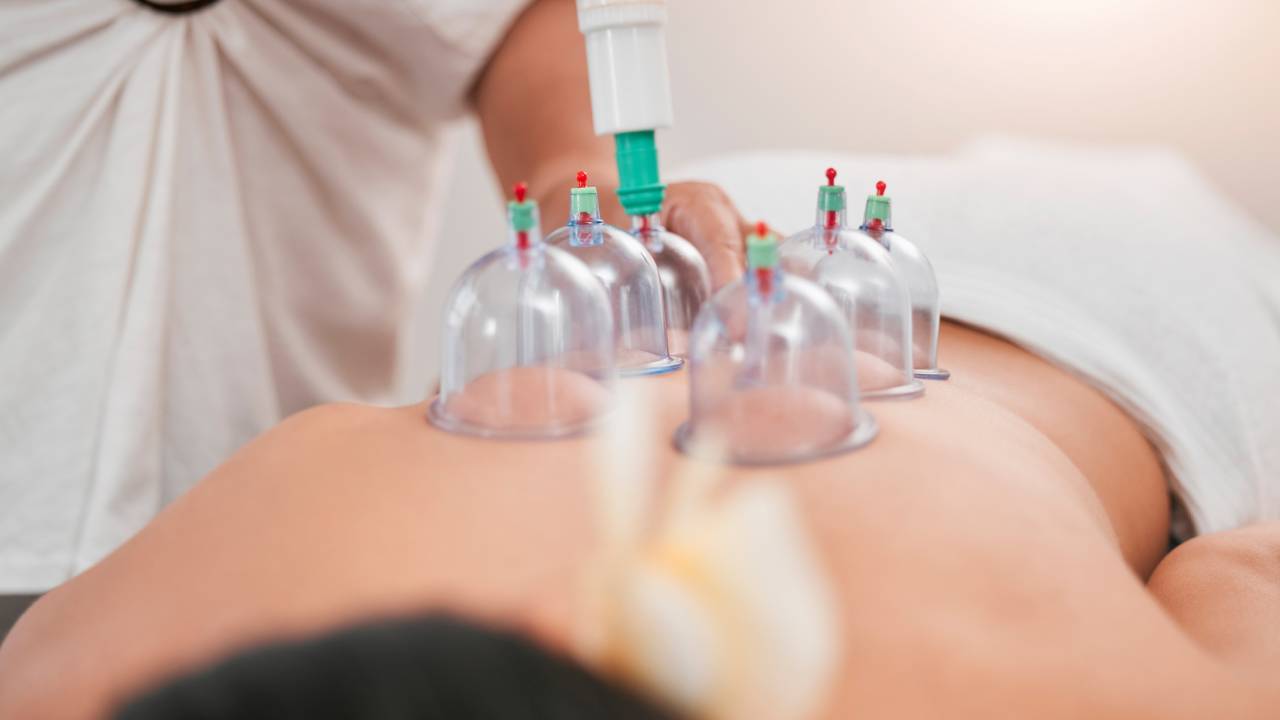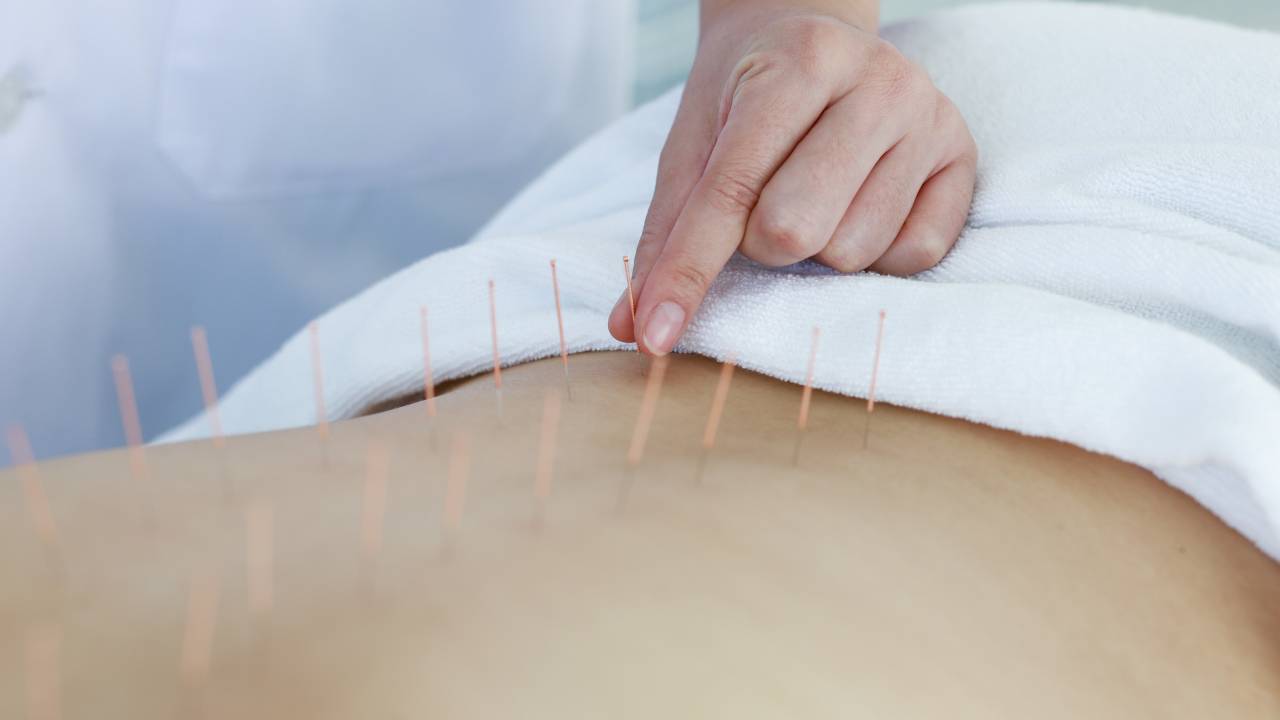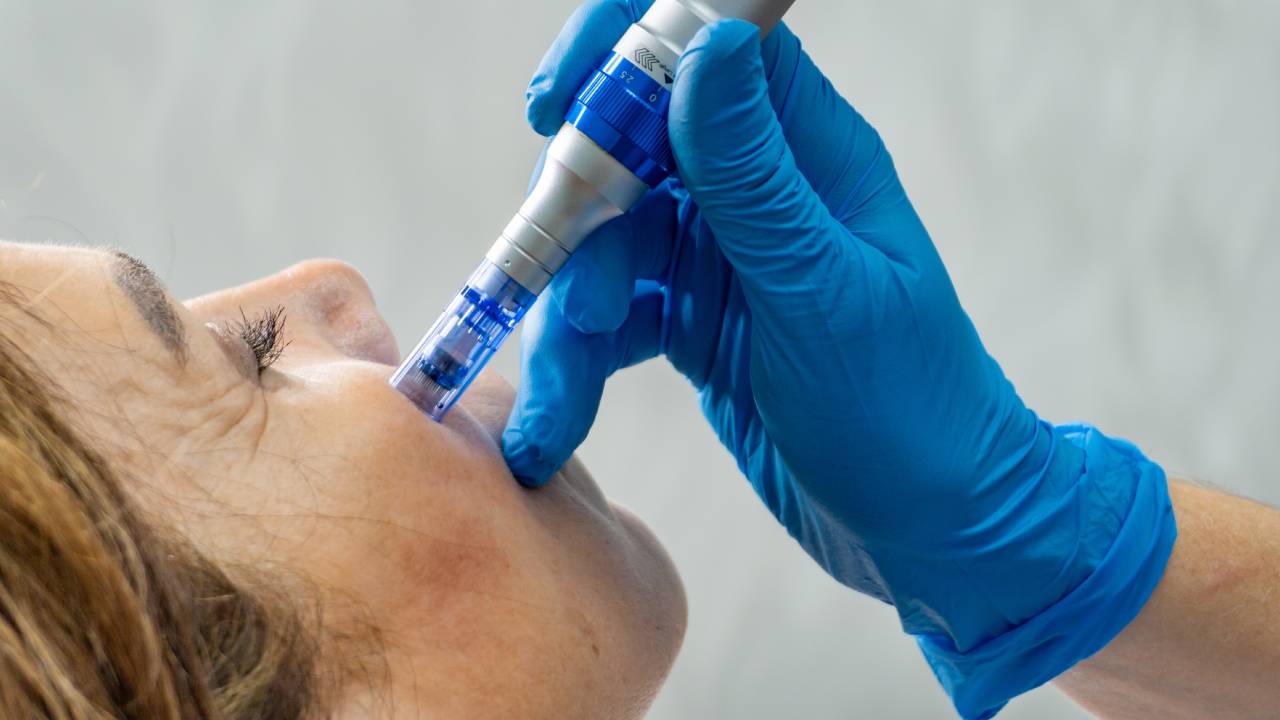What is Hijama and How Does it Work?
What is Hijama in Toronto and How Does it Work
Hijama, also called cupping therapy, delivers an ancient healing method that people in Toronto increasingly embrace. Practitioners of Hijama in Toronto create suction on specific points of the body to draw out toxins, improve blood flow, and promote healing.
This guide explains exactly what Hijama involves, how practitioners perform it, the science behind it, and why residents across the city choose it for their health.
Understand the Basics of Hijama
Trained practitioners in Toronto perform Hijama by placing sterile cups on the skin and creating suction. They stimulate circulation, help the body release waste, and encourage natural healing.
Muslims value the therapy because Islamic tradition recommends it. Health-conscious individuals appreciate that Hijama combines traditional wisdom with modern safety standards.
Trace the History of Hijama in Toronto’s Wellness Scene
Ancient civilizations in Egypt, China, and the Middle East practiced Hijama thousands of years ago. Immigrants brought the therapy to Canada, and communities in Toronto embraced it.
Over time, practitioners opened professional clinics and promoted Hijama in Toronto to diverse clients. Today, people from many cultures schedule appointments to experience its benefits.
Follow the Step-by-Step Process of Hijama in Toronto
When you book a session for Hijama in Toronto, here’s what you can expect:
- Consultation – The practitioner reviews your health history and confirms you qualify for treatment.
- Preparation – The practitioner sterilizes cups, cleans the skin, and sets up the equipment.
- Cup Placement – The practitioner places cups on targeted points of your body.
- Suction Creation – They use heat or a manual pump to create suction and lift the skin.
- Dry or Wet Hijama –
- In dry Hijama, the practitioner applies suction without making incisions.
- In wet Hijama, they make small incisions before applying suction to draw out stagnant blood.
- Cup Removal and Aftercare – They remove the cups, clean the skin, and apply dressings. They give you aftercare instructions to support healing.
Clients often report feeling lighter, more relaxed, and more energetic after Hijama sessions.
Explore the Science Behind Hijama in Toronto
Researchers suggest several explanations for the effects of Hijama in Toronto:
- Suction increases local blood circulation.
- The therapy helps the body remove waste products.
- Release of muscle tension relieves pain.
- Stimulation of skin and tissues may boost immune function.
Although scientists continue to study it, many people in Toronto confirm that Hijama improves their wellbeing.
Discover Why People Prefer Hijama
Clients choose Hijama in Toronto for clear reasons:
- They want drug-free, natural healing.
- They value a therapy that supports body, mind, and spirit.
- They connect with cultural and religious traditions.
- They appreciate the affordability of the treatment compared to other therapies.
See Which Conditions Hijama in Toronto Can Address
People use Hijama in Toronto to help with:
- Chronic pain in the back or neck
- Migraines and headaches
- Joint stiffness and arthritis
- High blood pressure
- Stress and anxiety
- Digestive discomfort
- Muscle strains and sports injuries
Always consult a qualified practitioner before starting the therapy.
Compare the Different Types of Hijama in Toronto
You can choose between two primary forms of Hijama:
- Dry Hijama (Suction Only) – Practitioners apply cups and create suction without breaking the skin.
- Wet Hijama (Bloodletting) – Practitioners make tiny incisions before applying suction to draw out stagnant blood.
Some clinics also offer moving cupping or fire cupping techniques to enhance the experience.
Know What to Expect After Hijama
After Hijama in Toronto, you may notice:
- Mild soreness where the cups touched your skin
- Temporary circular marks that fade within days
- A sense of lightness or improved mood
Drink water, rest, and avoid strenuous exercise for 24 hours to support recovery.
Choose the Right Practitioner for Hijama in Toronto
Follow these steps to select a safe and skilled Hijama in Toronto provider:
- Verify their certifications and training.
- Ensure they use sterile, single-use tools.
- Read online reviews and ask for referrals.
- Meet them for a consultation to discuss your goals.
Understand the Religious and Cultural Value of Hijama
Muslims in Toronto perform Hijama not only for health benefits but also as a Sunnah practice. They often schedule sessions on specific lunar dates for added spiritual reward.
Review the Cost of Hijama in Toronto
Clinics in Toronto charge between $50 and $500 per session for Hijama. Many offer discounts for multiple bookings, which encourages clients to maintain consistent wellness care.
Confirm the Safety of Hijama
Qualified practitioners perform Hijama in Toronto safely. Mild bruising or temporary soreness may occur, but serious side effects remain rare. People with bleeding disorders, specific heart problems, or pregnancy should get medical advice before booking a session.
Final Thoughts on Hijama in Toronto
Hijama unites centuries-old healing traditions with modern hygiene and professionalism. The therapy offers natural pain Relief, detoxification, and mental clarity.
Residents across the city trust Hijama in Toronto to complement their health routine and support a balanced lifestyle. If you want to explore a time-tested therapy with proven cultural and wellness roots, schedule your own Hijama session today.




